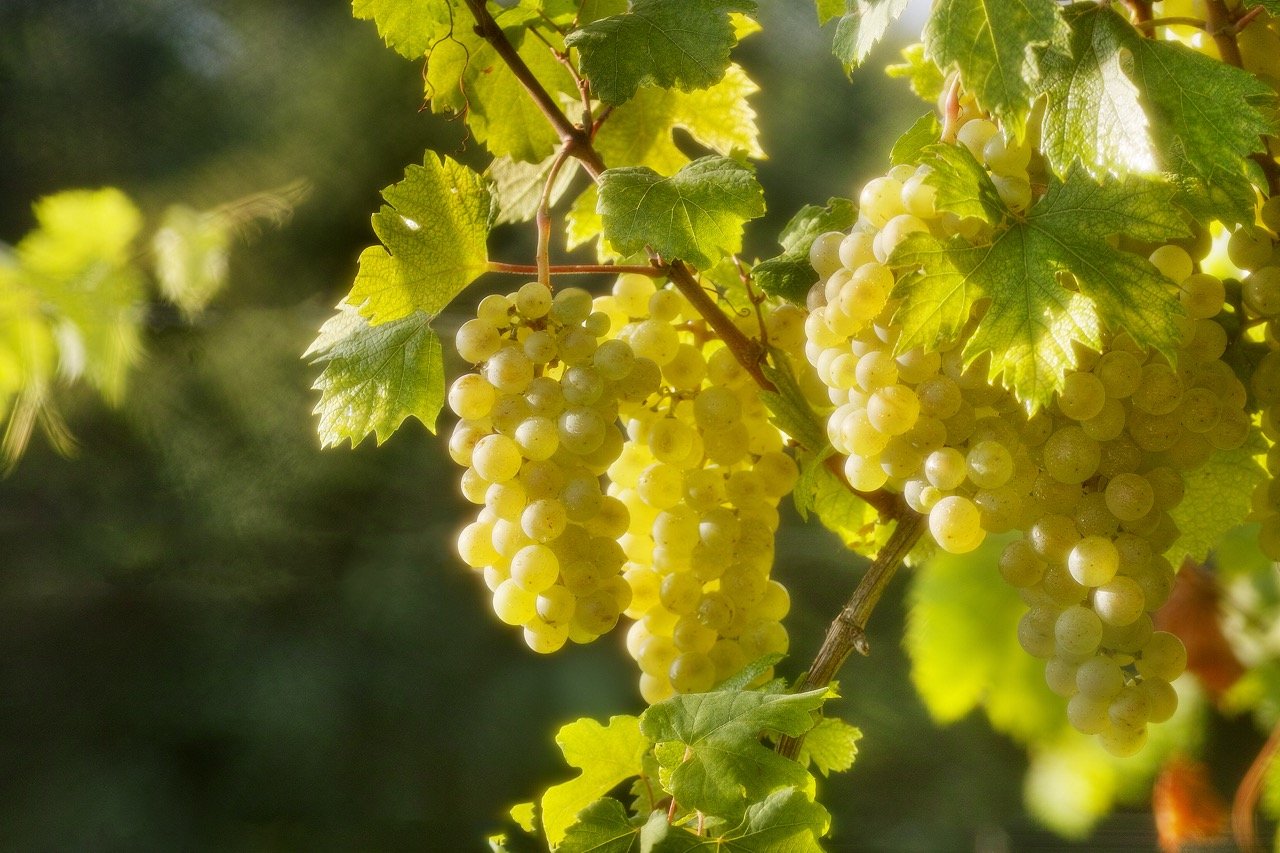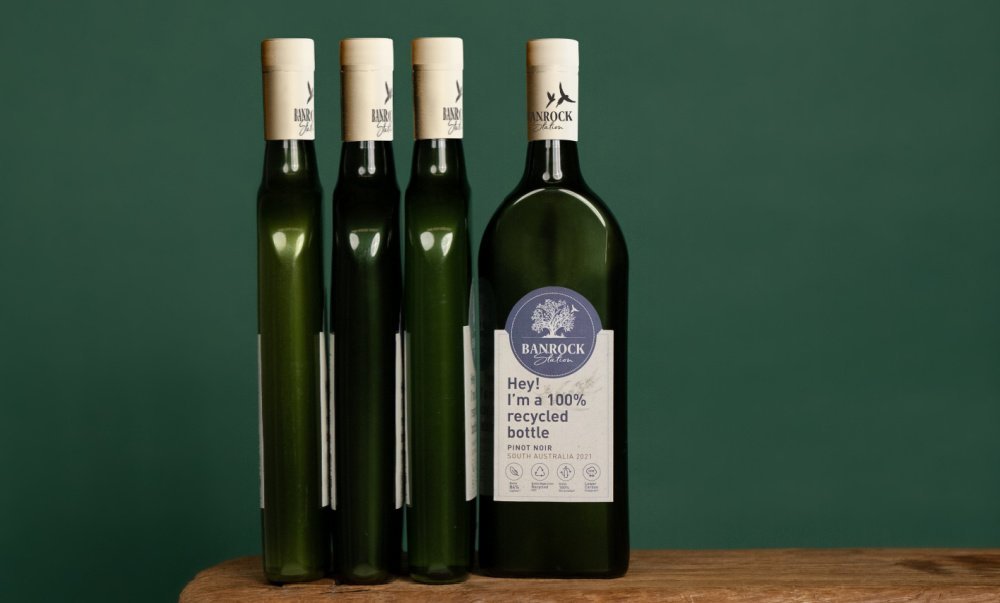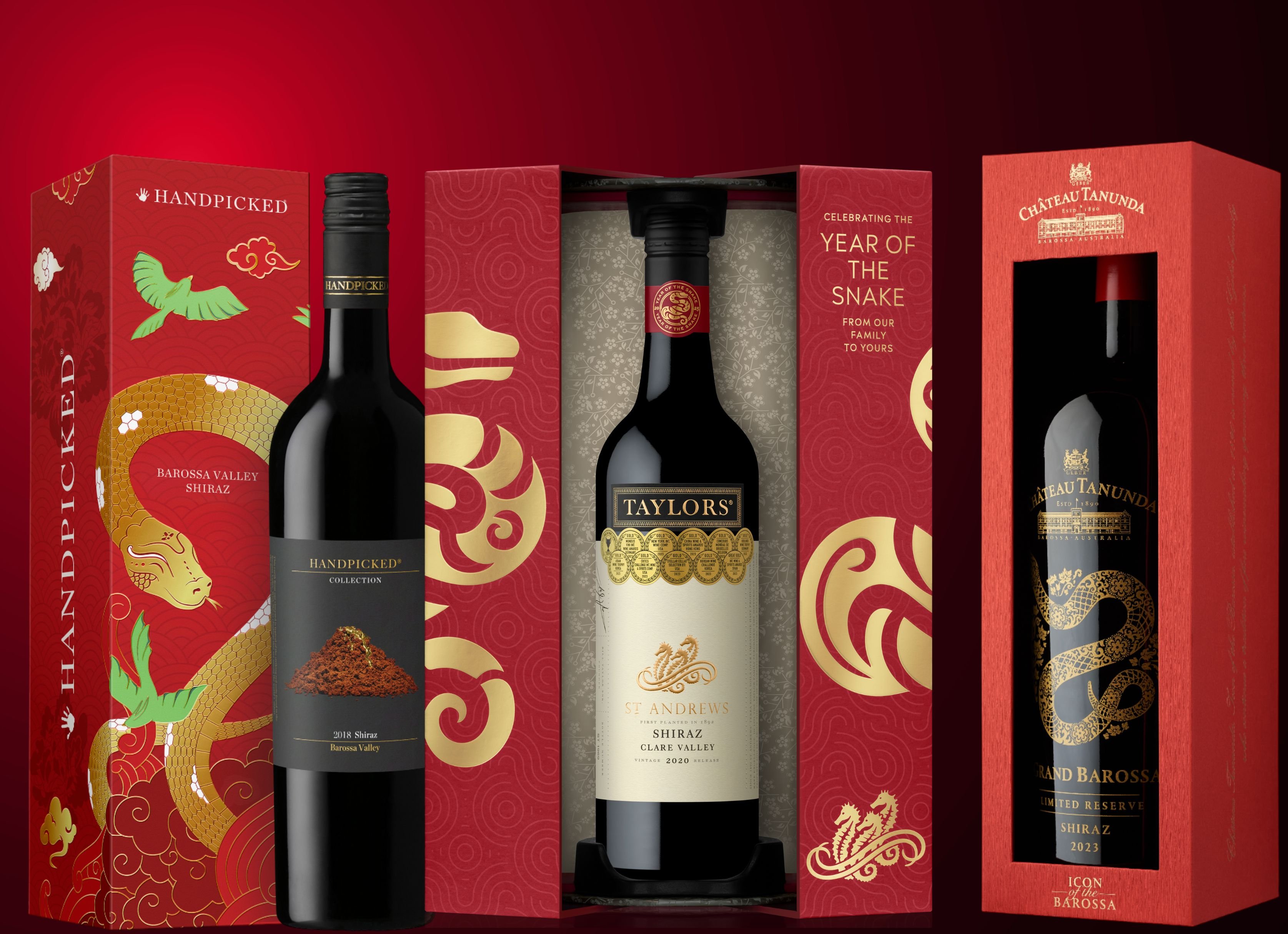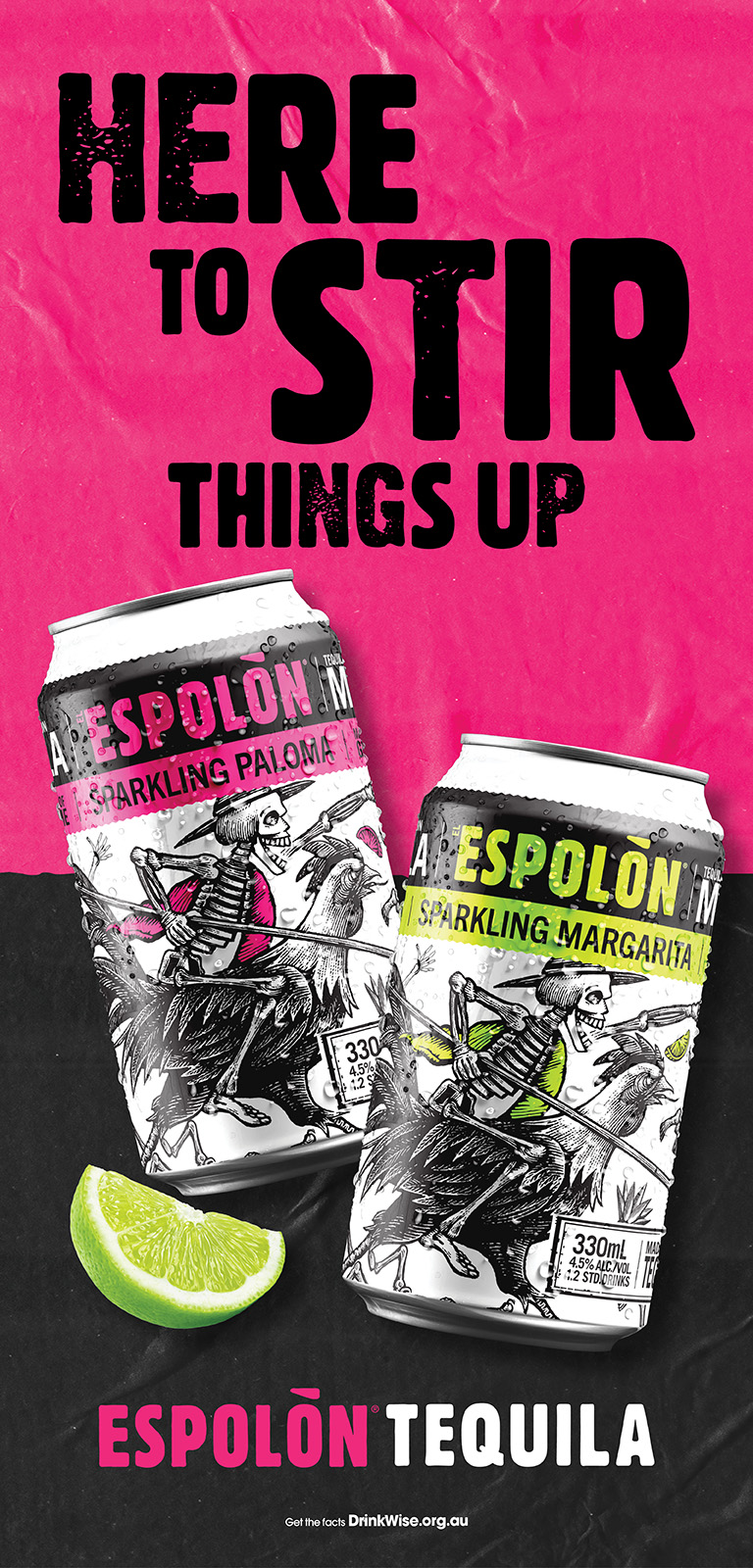In its simplest sense, Glera is a white grape variety with dark-hazel coloured branches. Its clusters are rich, large and long, and its fruit is of a gorgeous golden hue, reflective of the sun under which it grows.
Digging slightly deeper, Glera is now synonymous with the Prosecco DOC, of which it always forms the principle blend component. In fact, the stories of Glera and Prosecco are so interlaced that, for a long time, the distinction between the terms was blurred. To resolve this, the name Glera was established for the grape variety and the name Prosecco for the wine and its region, thus ensuring its protection for time to come.
An origin story:
The Glera grape variety has a history that dates back to ancient Roman times. In fact, the first Glera wine produced in the Prosecco region dates back to the 1st Century BC, where it was much loved by the charismatic Livia Drusilla, empress and wife of Augustus. According to historical records, Drusilla went so far as to say this wine was “the secret of her old age.”
Understanding the region:
The Prosecco DOC region is situated in the north-east of Italy, stretching from the Adriatic Sea to the Dolomites Alps. From the Adriatic, warm Sirocco wins arrive from the Sahara during summer, ensuring the right amount of rainfall needed for healthy vine development. Meanwhile, the mountain range to the north protects from cold northerly currents.
When summer ends, dry winds blow in from the east and interact with changes in the diurnal temperature range, allowing the Glera vines to preserve their acidic substances, resulting in floral and fruity aromas in the eventual wines.
Overall, the area has a fairly temperate climate and is relatively flat, with soils of a predominately calcareous origin that are rich in minerals and microelements. Within this expansive region, the best expressions of Prosecco are produced in the provinces of Treviso, Venice, Vicenza, Padua, Belluno, Gorizia, Pordenone, Trieste and Udine.
In short, the Prosecco region offers the ideal conditions for growing Glera grapes. Over time, the local winemaking industry has refined its methods and techniques to best celebrate the varietal’s traits.
The wine made today:
The Glera grapes are what underpin the Prosecco DOC, now one of the most famous wines in the world. At least 85% of all Prosecco must be made of Glera grapes. For the remaining 15%, other indigenous grape varietals such as Verdiso, Bianchetta Trevigiana, Perera, and Glera Lungo, and international varietals such as Chardonnay, Pinot Bianco, Pinot Grigio and Pinot Nero, may also be used.
Bringing Glera to life:
Developments in winemaking methods and processes have helped shape Glera’s progression over the course of centuries. One method in particular is especially well suited to the variety and is now a key pillar to all Prosecco wine. This method is officially known as the Martinotti-Charmat Method, named in honour of the two minds who conceived and perfected it. Nowadays, terms such as Italian method, modern method, and tank method are also used.
The Martinotti-Charmat Method first emerged in 1890, when Dr. Federico Martinotti developed a method for secondary fermentation which happened inside larger containers as opposed to in bottle. Later, in 1910, Eugène Charmat built and patented this technology, naming it ‘cuve close’ in French, or the ‘autoclave’ in Italian. This method is the secret as to how Prosecco is able to achieve the delicate profile of wisteria, jasmine, pear, green apple and citrus fruits for which it is now renowned.
Prosecco’s global presence:
The Prosecco wine made from Glera grapes is now Italy’s most exported and drunk Italian sparkling wine, expanding all global markets from the US to Japan to Australia and serving all occasions from as an aperitif, to as a food wine, to as a celebratory drink.
Prosecco DOC also actively seeks to build upon its now well-established reputation by partaking in leading events globally. Recent examples include National Prosecco Week in the United States, Taste of London in the United Kingdom, Pro Wine in Germany, Wine Paris in France, and Prosecco Month in Japan. It is also a leading partner of the MotoGP series, through which it goes on tour 255 days a year.
The origins of Glera:
Despite its recent name change, Glera stands as a proud continuation of the overall narrative of wine production and history, adding an intricate modern layer to a story rooted in centuries of myths and legends.
According to the Greeks, wine was invented by Dionysus, a deity known as Bacchus by the Romans. They believed that, while playing with grapes in hand, Dionysus eventually crafted the first wine. After tasting the liquid, he immediately entered a state of inebriation and was overcome with joy. Dionysus then proceeded to discover that the flavour of wine improves when left to rest prior to consumption.
According to the Bible, however, it was Noah who planted the first vineyard. Following on from the Great Flood, Noah is said to have found one of the branches stolen by Adam from the Garden of Eden and used it to plant a vine, from which he cultivated and produced wine.
Finally, the Persians believe that the discovery of wine was linked with the history of Shah Jamshid, the fourth and greatest king of the mythological Pishdadian dynasty of Iran. Jamshid was reportedly gifted bunches of vine in a jar after he’d saved a magical creature. However, upon thinking that it was starting to smell bad, he hid it in the cellar, where it remained up until one of his concubines found it and tasted its juice, discovering its exquisite flavour and beneficial effects.
These three anecdotes are just some of the ancient legends that provide texture to Glera and its lineage, reflecting that wine is truly a journey through time, eras and cultures.
Share the content










